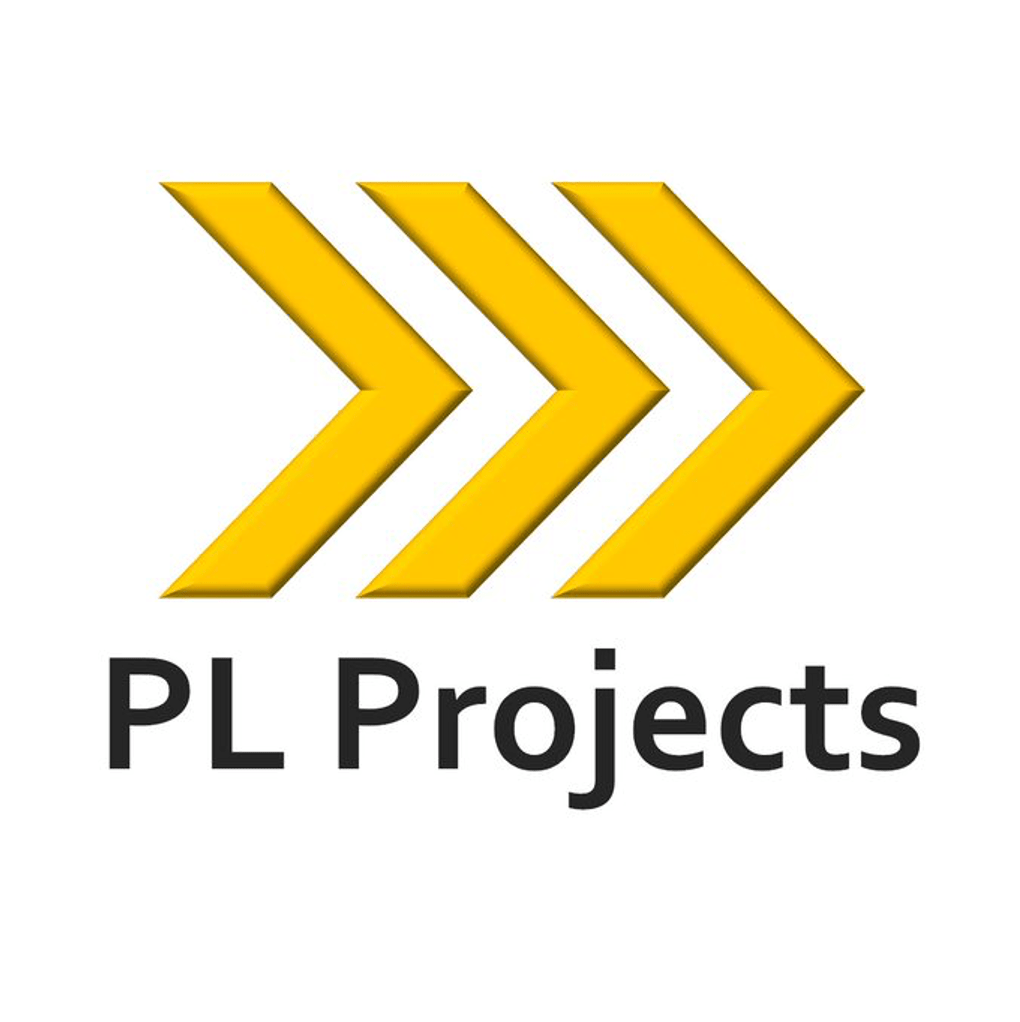TECHNIQUES FOR EFFECTIVE STAKEHOLDER MANAGEMENT
Written by Megan Jones.
Identifying and analysing the stakeholders involved in a project is important to achieve effective stakeholder management. It is imperative to ensure that you identify the stakeholders that you will be in contact with.
THE POWER-INTEREST MATRIX
The power-interest matrix is a useful tool to use when you begin a project. By doing this at the beginning of a project, it allows you to understand all the stakeholders involved and how best to communicate and manage them throughout the project. The matrix represents the different approaches you should have for each stakeholder. By understanding which stakeholders are likely to be decision makers or have more power than others will allow you to recognise the form of management needed.
The power-interest matrix can also help you understand if anything has changed – for instance, a stakeholder could become less interested, or more powerful, in which case you would need to adapt to a different management style.

HOW DO YOU KNOW IF YOU’VE DONE STAKEHOLDER MANAGEMENT EFFECTIVELY?
Stakeholder management is very hard to monitor but it is very important to do as it can improve efficiency and quality of the overall project success. Stakeholder management is subjective as a whole but below are ways to help you monitor:
- Issue feedback forms to your stakeholders at the end of a project
- In gaining feedback you will learn your strengths and improvements in your stakeholder management process for future projects.
- Ensuring you involve all stakeholders into the discussion
- Giving all stakeholders the opportunity to speak up in meetings shows you are willing to hear all opinions and encourage an inclusive culture within your project. This will build healthy working relationships and bring new ideas to the project.
- Being perceptive
- Is one stakeholder acting irritable or being blunt compared to usual, and could this mean something is wrong? If so, you might want to pull them aside to understand if there is a problem, and if that is something you could influence. If the problem is not related to the project, it could still build your relationship with that stakeholder knowing you have taken an interest to understand a potential problem.
